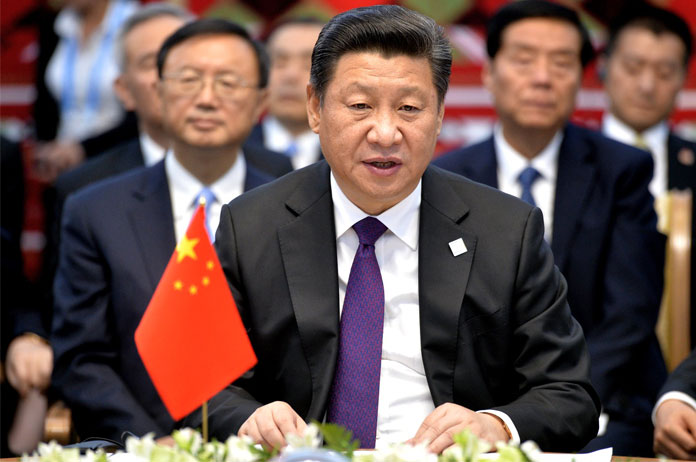Pros And Cons Of China’s Belt And Road Plan

Unveiled in September and October 2013, the Belt and Road Initiative (BRI) is China’s most ambitious infrastructure plan – a plan which involves more than 60 countries across Asia, Europe, the Middle-East and North Africa.
The aim is to open new markets for China and to boost the economies of less developed regions by creating new routes to neighbouring countries. Described as one of the largest development pushes in history, the BRI will involve about 65 percent of the world’s population and one-third of its GDP.
On June 22 at the Cambodiana Hotel in Phnom Penh, a workshop was held on the overview and outlook of cooperation between China and Cambodia under the BRI. The workshop featured distinguished speakers from Cambodia and China who presented their views on how to move forward with the BRI in Cambodia. The event was held to address the questions of what the BRI has to offer for Cambodia, what are the obstacles and constraints and how these constraints can be overcome, and how to maximise these benefits while minimising the costs.
Cambodia stands to see great changes in the coming years as the BRI becomes more and more developed and starts to gain traction. Such changes will come primarily in the form of better infrastructure, providing easier access into and out of the country. “Cambodia stands to benefit from more Chinese investment in infrastructure such as roads, rail, ports and hydropower plants which will increase significantly in the coming years,” said Cheang Vannarith, the chairman of the Cambodian Institute for Strategic Studies. “The Belt and Road Initiative will also contribute to the realisation of the vision of becoming a middle-income country by 2030 and a high-income country by 2050.” Vannarith spoke on the principal ideas of the BRI in addition to presenting his views during the workshop, maintaining his positive stance on the BRI and saying that all the parties involved will benefit, especially Cambodia.
Cambodia has been a vocal supporter of the BRI since the initiative’s conception in 2013. The BRI will offer a new framework of cooperation between the Kingdom and her neighbours, through the increased connectivity that will arise in the region once the work on the improved and expanded infrastructure in and around Cambodia has been completed. Cambodia should benefit from the BRI with much needed infrastructure projects to support the rate of growth in the country. The Initiative also presents an excellent opportunity for Cambodia to access the resources, expertise and finances needed to develop a more extensive infrastructure network, which will help Cambodians to be more closely linked to other countries, in and outside of the region, the meeting was told.
However, there were concerns that the enormous infrastructure developments promised by the BRI will have adverse environmental effects in a country with one of the highest rates of deforestation in the world – dropping from 70 percent of rainforest cover in 1970 to 3.1 percent in 2014. In Cambodia, new roads are being constructed as a part of the push for further interconnectedness in the region. Some of these planned roads are known to only a handful of people. A new “border belt road”, linking Cambodia and Vietnam that is now under construction will cut directly through Virachey National Park – a vast swathe of mountainous jungle, upland savannahs and deep river gorges, spanning 3,325 square kilometres. Many say a road through such an area would be extremely detrimental to the wildlife and the forest. Farms, poachers, loggers and industrial-scale plantations are sure to follow the construction of such a road, further contributing to the environmental impact.
More dams planned for construction on important tributaries feeding into the Mekong may cause more flooding, resulting in the destruction of great tracts of forest and prompting the relocation of communities who depend on the rivers. These dams will also impact the habitat of a variety of species in the rivers, such as the globally threatened Irrawaddy dolphins, which used to be able to swim freely up and down the Mekong. Other wildlife threatened by the construction of dams include river otters, freshwater stingrays, Siamese crocodiles and the Mekong catfish, the largest species of catfish in the world, which is now endangered.
Samithi Sok is a guest writer for Khmer Times, where this article was originally published.